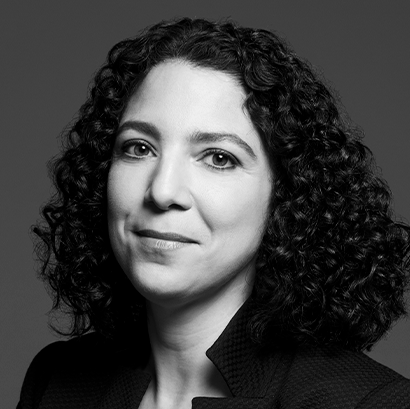When Is a Gap Not a Gap? Court Maintains Procedural Differences Between Actions and Applications
In two decisions released on the same day, the Federal Court has confirmed that applications are summary procedures that exclude the right or ability to examine witnesses who have not sworn affidavits.
The Court was faced with two virtually identical motions brought in two unrelated proceedings: (1) Bayer v Amgen, which relates to Canadian Patent No. 2,970,315 and its listing in respect of EYLEA, and (2) EMD Serono v Minister of Health, which relates to Canadian Patent No. 3,087,419 and its listing in respect of MAVENCLAD. Both proceedings are applications for judicial review of decisions of the Minister of Health relating to the listing of those patents on the Patent Register.
The applicants in each judicial review sought production of a witness from the Minister of Health who was involved in each relevant listing decision. The request appears to have been styled as a request to produce such witness for cross-examination, despite no affidavit having been sworn by a witness. That framing was likely adopted to bring the request more in line with the rules for applications. However, as the Court noted: “In effect, the Applicant is seeking a form of examination for discovery of an individual from the Minister.”
To support this unusual request, the applicants relied on Rule 4 of the Federal Court Rules, the so-called “gap rule”, which reads:
“On motion, the Court may provide for any procedural matter not provided for in these Rules or in an Act of Parliament by analogy to these Rules or by reference to the practice of the superior court of the province to which the subject-matter of the proceeding most closely relates.”
The Court rejected this submission, noting that the applicants “provided no basis for concluding the lack of a right to compel a witness to attend for cross-examination where the witness has not sworn an affidavit in an application is a ‘gap’ rather than an intentional choice in the context of an application.”
Applications are summary procedures that exclude documentary and oral discovery. To suggest that those omissions are “gaps” that ought to be filled fails to take Parliament’s clear distinction between actions and applications into account. As the Court noted, “what the Applicant is seeking by way of production of a witness from the Minister is in effect an amendment to [the] Rules.”
These decisions provide useful guidance both on what procedures are available (and not) in applications, and on what kinds of “gaps” the gap rule is designed to fill.
